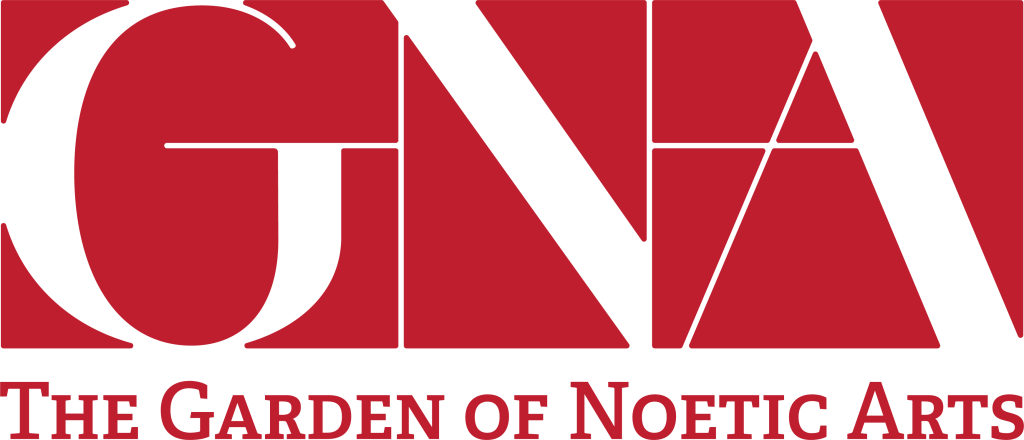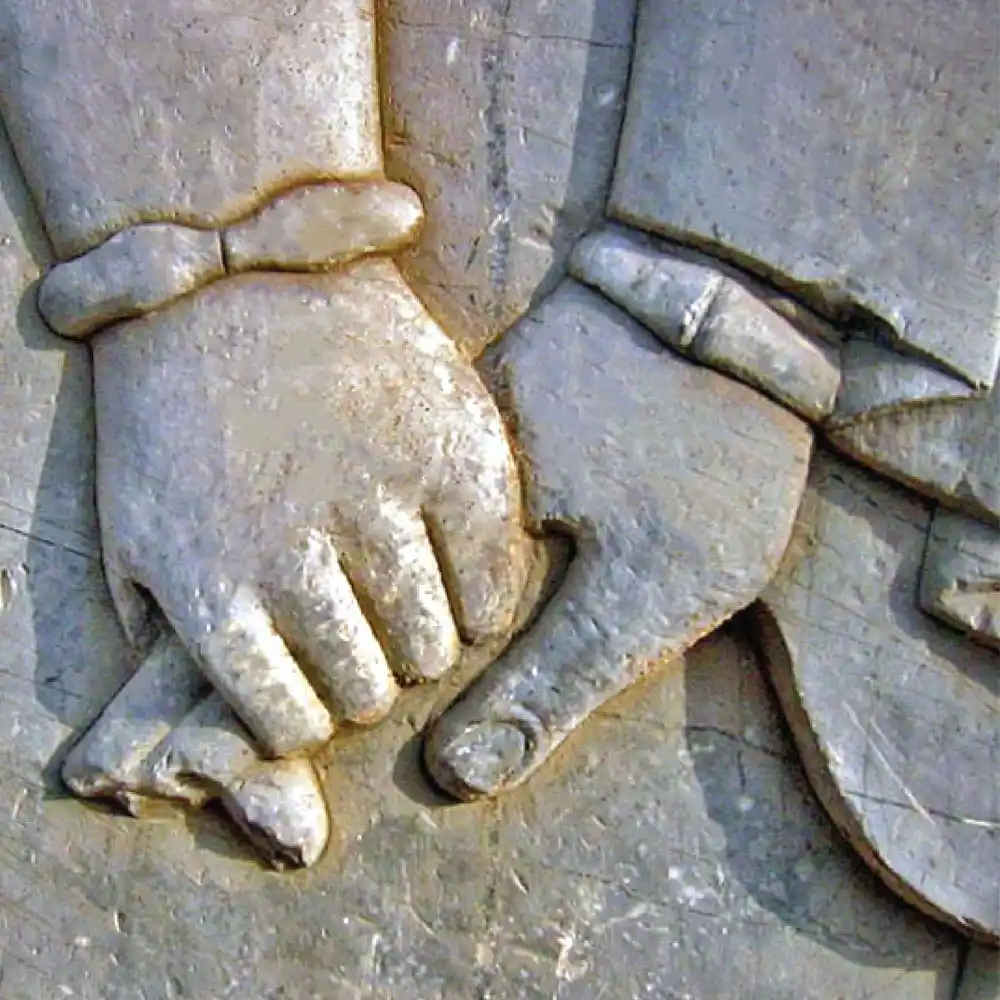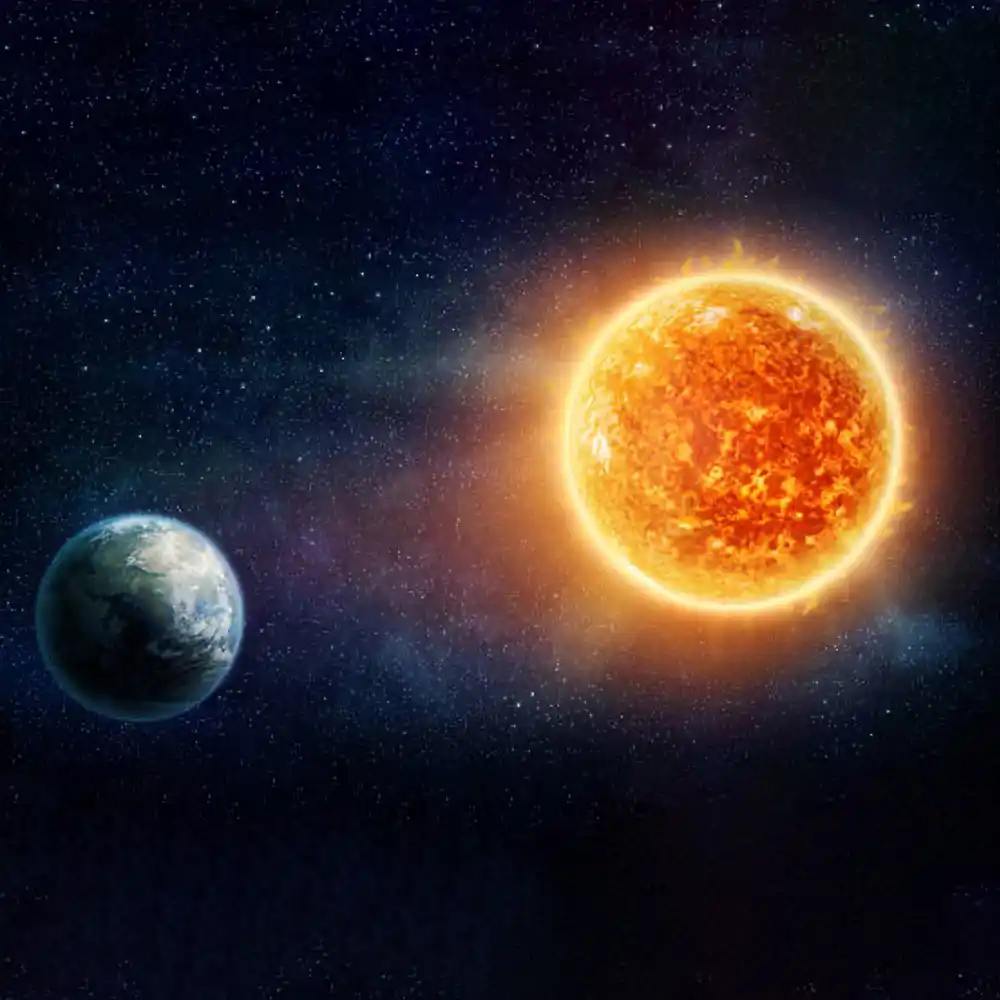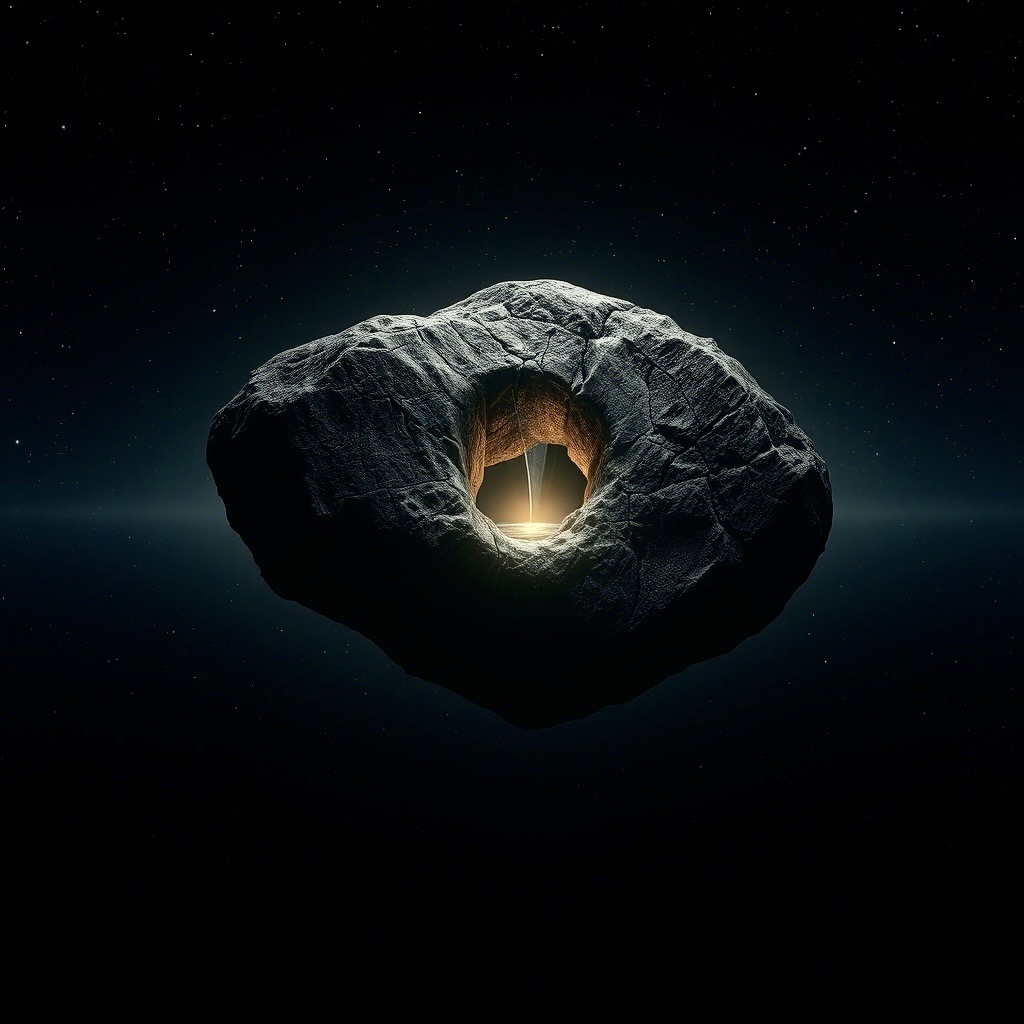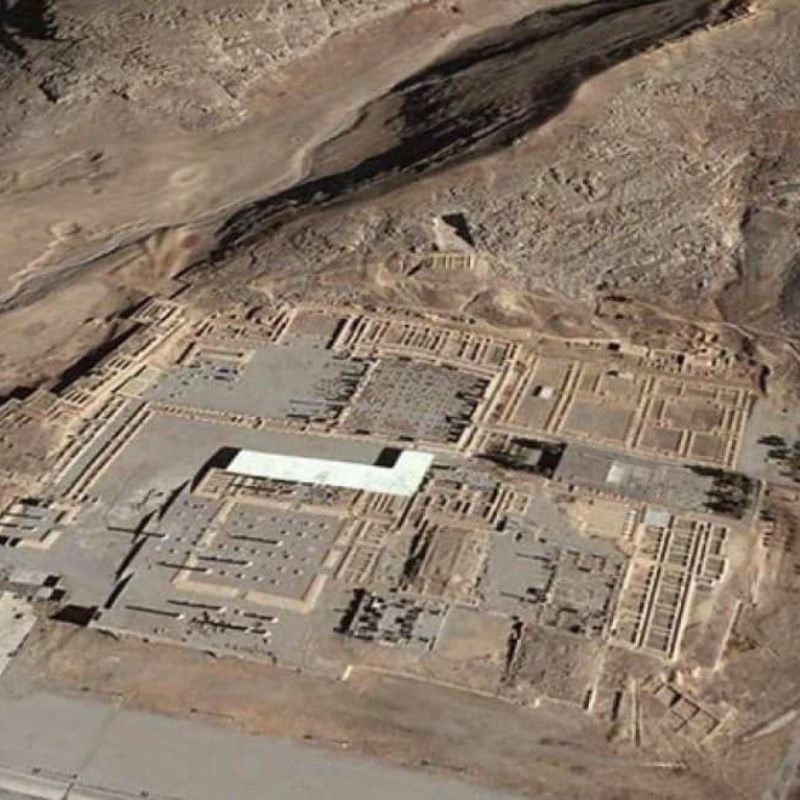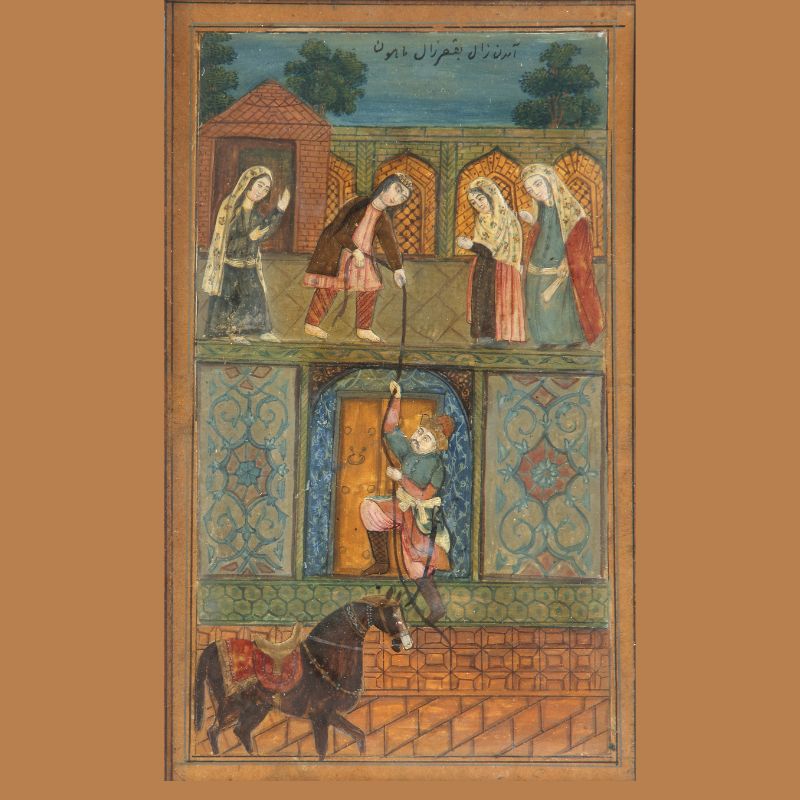Unveiling the Mythos of Iran 2
Searching for Mehr/Mithra Across the Imaginal Landscape of Iran
May 31, 2025
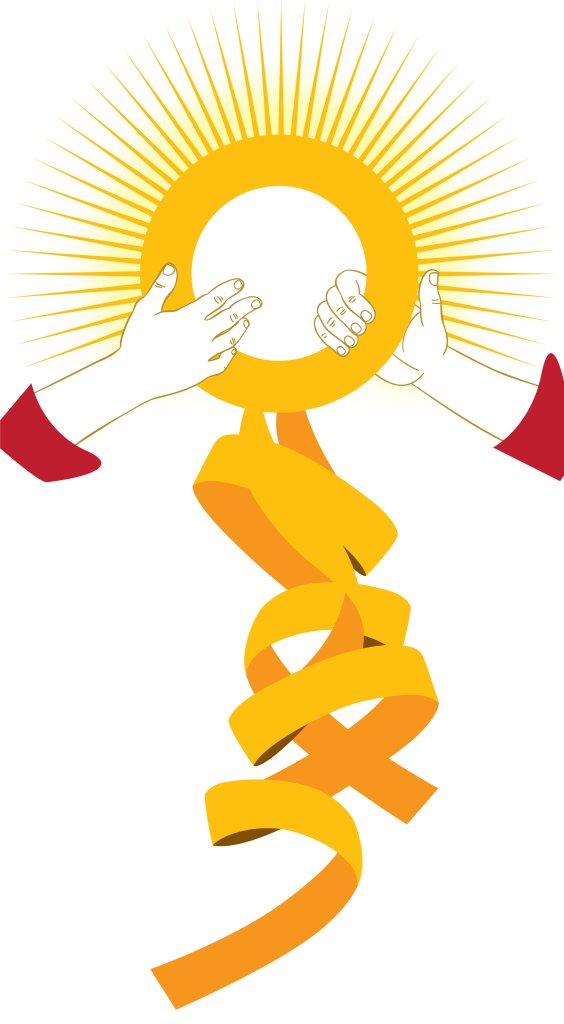
This conference brings together academic and independent scholars, storytellers and artists to illuminate the mythic figure of Mehr—one of the most exalted forces in the Iranian tradition. Known as “Mithra” in Avestan and “Mehr” in Pahlavi and Persian, this ancient divinity was once revered as the god of love and light, guardian of oaths, protector of truth, and champion of the righteous.
To recognize Mehr is to perceive a central unifying thread running through more than three thousand years of Iranian thought.
This gathering proposes a bold hypothesis: that Mehr is Iran’s “superstory”—its most enduring myth and consistent metaphysical current. When we attune ourselves to this current, we begin to recognize Mithraic undertones in the work of Rumi and other Sufis, in the Illuminationist philosophy of Suhrawardi, at the heart of Ferdowsi’s Shahnameh, and perhaps even beyond Iran in Roman Mithraism.
Join us for a day of discovery, with illuminating talks, powerful performances, thought-provoking conversations, curated nourishment, and intentional self and community care.
Talks will be in English or Persian with English subtitles (provided on the screen).
Sold Out
The Program
Searching for Mehr
Invocation to Hūrakhsh, Soul of the Sun
Siāvosh in the Shahnameh: The Birth of the Ancient Light
Traces of Mithra in the Seven Labors of Rostam: The Hero’s Quest and the Divine Oath
Lions and Mithras and Bulls: Tauroctony and Rumi’s Masnavi
Hail to the Primordial Light
Sama as the Living Embodiment of Mehr
Persepolis & Mount Mithra
Iranian Shamanism to Monotheism: Insights from Haoma’s Fate for Mithra
Romantic Love in Mithraic Culture
Historical Continuity: The Influence of Mithraism on Javānmardī Tradition and Zurkhaneh Rituals
The Sound of the Sun: Echoes of Indo-Iranian Sun Worship in Music
Presenters

AMIR ARAGHI
Amir Araghi is a practitioner and teacher of Iranian mystical traditions. He offers private instruction on the Shahnameh as a mystical epic, Rumi’s Masnavi, and the Upanishads, exploring their shared metaphysical insights and inner teachings.

OMID ARABIAN
Omid Arabian is the founder and director of YOUniversal Center (www.YOUniversal.org), where he conducts courses on eastern mysticism and western philosophy. His translations of Rumi have been published in three volumes; he is also the author of three children’s books based on Rumi’s poetry. Omid holds a B.A. in Architecture from Columbia University and an M.A. in Cinema Studies from NYU.

KOUROSH BEIGPOUR
Kourosh Beigpour is an award-winning artist and independent scholar specializing in Iranian identity, art, and mysticism. His work is part of the permanent collection at LACMA. He has presented at Stanford, Typecon, UCLA, and UCI, exploring cultural intersections in design and identity.
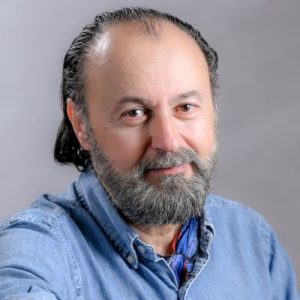
TOURAJ DARYAEE
Touraj Daryaee is the Director of the Jordan Center for Persian Studies and Professor of Ancient History at the University of California, Irvine.

SHAUHEEN ETMINAN, PHD
Dr. Shauheen Etminan is a scientist, mystic, and co-founder of VCENNA and Ancestral Magi. His research bridges ancient Iranian spiritual traditions and plant medicines with modern science, focusing on Haoma and altered states of consciousness. He brings an integrative lens to the revival of Iranian ancestral wisdom practices—centered on meditation, dreaming, and imagination—for contemporary applications in self-development, creativity, and psychospiritual growth.
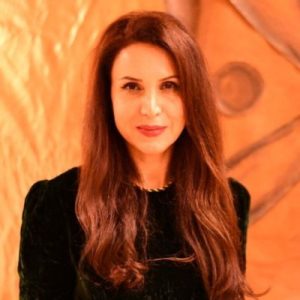
GORDAFARID
The first female Naqqal, or traditional epic storyteller, of Ferdowsi’s Shahnameh, Gordafarid has excelled in performing the traditional narration of Persian epics since 1998. https://gordafarid.net/

MOBINA NOURI
Mobina Nouri is a multidisciplinary artist whose work blends mysticism, storytelling, and personal narrative to explore identity and belonging. Rooted in her journey from Iran to the West, and with a foundation in performing arts, design, and a Ph.D. in Creativity Scienceher practice invites reflection on the hidden forces that shape human experience. www.mobinanouri.com
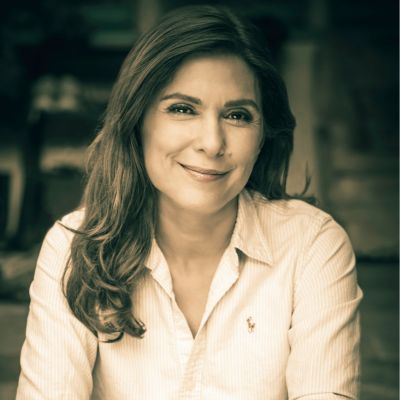
SHILA VOSOUGH OMMI
Shila Vosough Ommi is an actor, voiceover artist, and director whose impressive credentials in television, film and theatre include portraying Nahid Kamali on Apple TV’s Tehran, Pas Minos in Netflix’s KAOS, Cinder Lumen in Disney & Pixar’s Elemental among others. On stage, she recently appeared as the narrator in Twilight of the Empress at Theatre Del Sol.

PAUL DARA SHAHPARAKI
Born to a British mother and an Iranian father, Paul has always been passionate about bridging the divide between these two rich, beautiful cultures. His father, a poet, and his mother, a professor of English, instilled a love of literature in him at a very young age. For the past 11 years, he has taught literature, mythology, and Iranian history at AIS (Aeen e Iran Society) a Los Angeles academy devoted to Iranian thought, and is currently working on a book of Rumi and Hafez translations which not only provide the literal meaning of the words but also convey the passion and joy elicited by the poetic beauty of the original Persian.
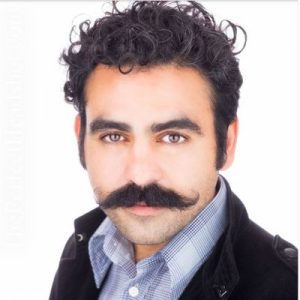
FARED SHAFINURY
Fared Shafinury is a multi-instrumental Iranian-American musician, composer, educator, and cultural activist who blends traditional Iranian melodies with contemporary sounds to create impactful music that resonates with audiences worldwide. He founded the Radif Retreat institute of Classical Persian Music, where he teaches the Radif through setâr and poetry. www.FaredShafinury.com
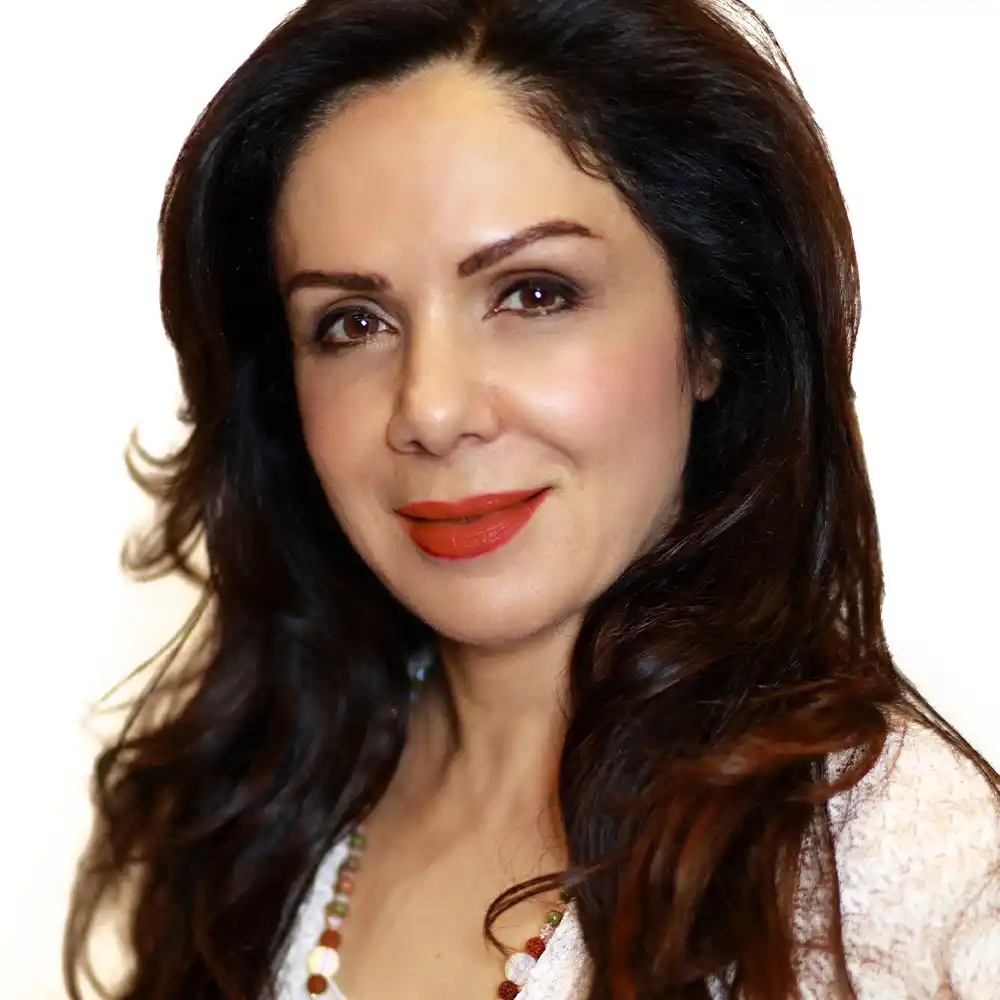
BANAFSHEH SAYYAD
Iranian sacred dancer, choreographer, teacher, activist, and founder of Dance of Oneness®, Banafsheh Sayyad performs and teaches her award-winning work internationally. She holds a Masters of Fine Arts in Dance and Choreography from UCLA, and a Masters in Chinese Medicine. http://www.danceofoneness.org
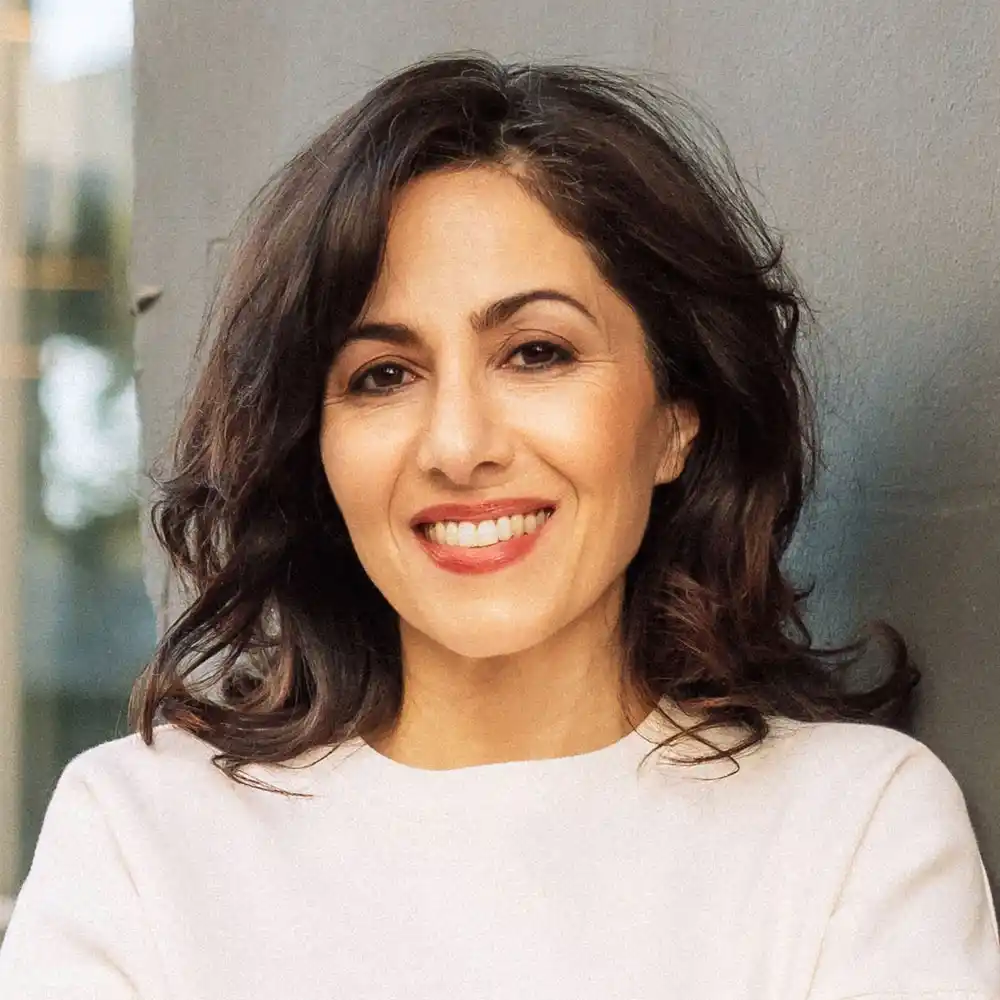
Maryam Sayyad, Ph.D.
Maryam Sayyad, Ph.D. is an independent scholar of mythology and founder/director of The Garden of Noetic Arts. Committed to contextualizing Iranian mythology within the broader landscape of World Mythology, Maryam launched the Mythos of Iran series in 2023 with the conference, Unveiling the Mythos of Iran I, and produced the mythological musical Twilight of the Empress in 2024.
Sold Out
Make a donation here.
Donate


